At a press conference on the socio-economic situation on the afternoon of June 27, Lieutenant Colonel Le Manh Ha, Deputy Chief of Staff of Ho Chi Minh City Police, mentioned the current situation of people welding and attaching iron cages and protective frames, also known as "tiger cages" in apartment buildings and individual houses.
"This is a crime prevention solution for the people, but it unintentionally blocks escape routes. If a fire breaks out, it will make it difficult for authorities to access the scene. There have been many fires in the past where victims could not escape due to tiger cages," said Mr. Ha.
According to Mr. Ha, installing these iron cages can easily violate construction regulations if there are signs of expansion or extension compared to the approved design, or violate fire prevention and fighting regulations if they block escape routes and access for authorities.
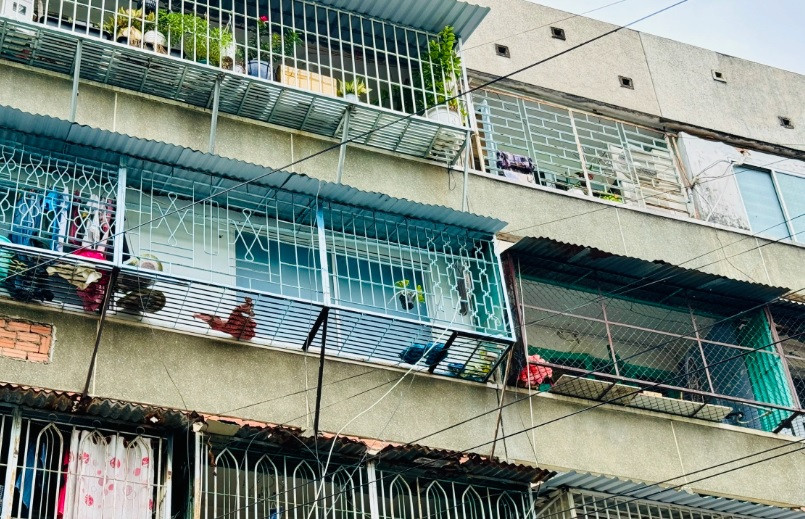
The immediate solution for the “tiger cages” is to open an exit to the outside, creating conditions for the authorities to access and rescue. At the same time, Mr. Ha recommends having an escape rope from the “tiger cages”.
Since the beginning of 2024, Ho Chi Minh City Police have carried out many campaigns to mobilize people to demolish "tiger cages" or cut off part of them to create a second escape route in case of fire or explosion.
Also talking about the issue of "tiger cages", Mr. To Van Lam, Deputy Head of Urban Development Department, Ho Chi Minh City Department of Construction said that according to current legal regulations, the Department of Construction does not have the authority to issue regulations or standards for the installation and welding of solid iron cages for apartments and individual houses.
"The Department of Construction is recommending that the Government and the Ministry of Construction coordinate with relevant ministries and branches to soon issue standards for designing individual houses and fire prevention and fighting as a basis for managing the above types of housing," said Mr. Lam.
Source: https://vietnamnet.vn/cong-an-tphcm-goi-y-thoat-hiem-cho-nhung-chuong-cop-2296050.html


![[Photo] "Lovely" moments on the 30/4 holiday](https://vstatic.vietnam.vn/vietnam/resource/IMAGE/2025/5/1/26d5d698f36b498287397db9e2f9d16c)
![[Photo] Binh Thuan organizes many special festivals on the occasion of April 30 and May 1](https://vstatic.vietnam.vn/vietnam/resource/IMAGE/2025/5/1/5180af1d979642468ef6a3a9755d8d51)


![[Photo] Ha Giang: Many key projects under construction during the holiday season](https://vstatic.vietnam.vn/vietnam/resource/IMAGE/2025/5/1/8b8d87a9bd9b4d279bf5c1f71c030dec)

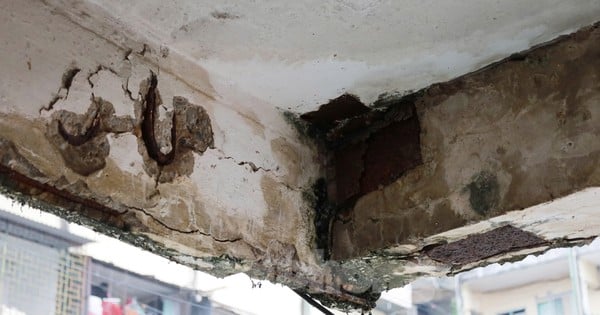

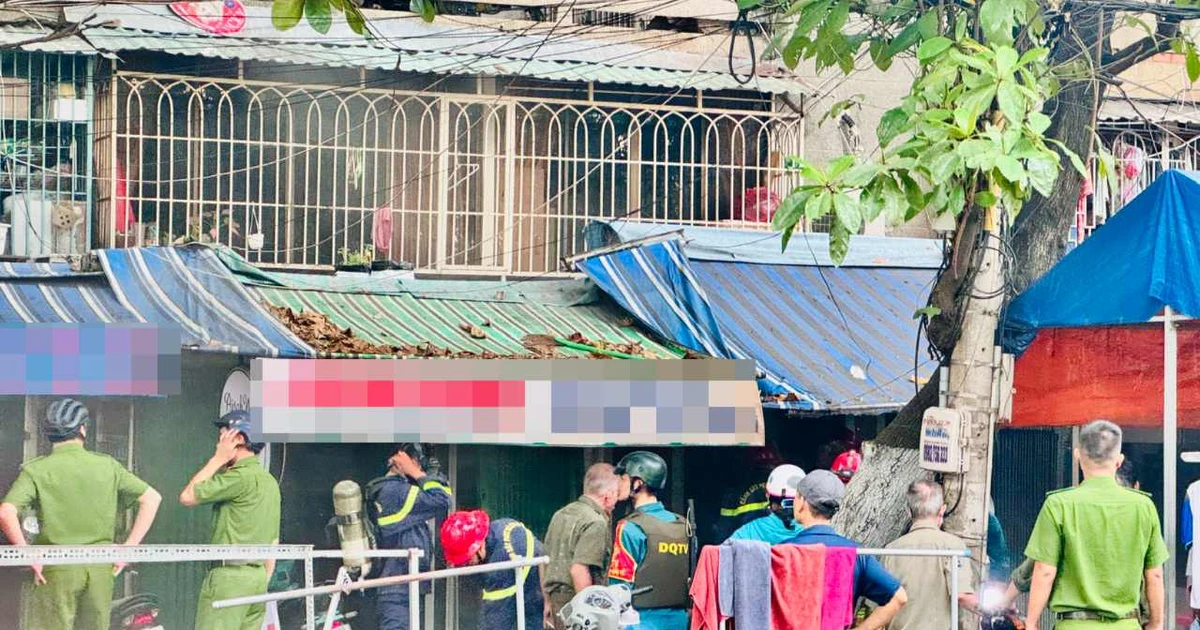

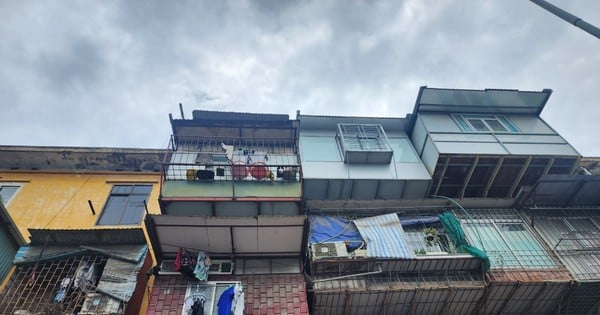
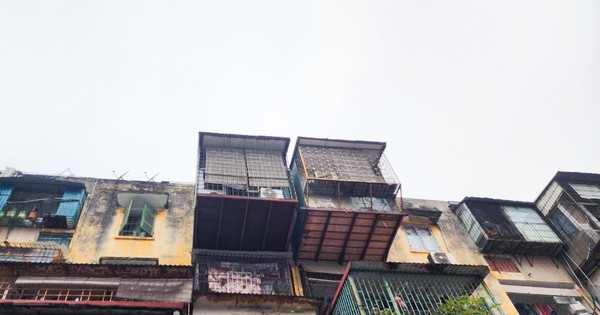
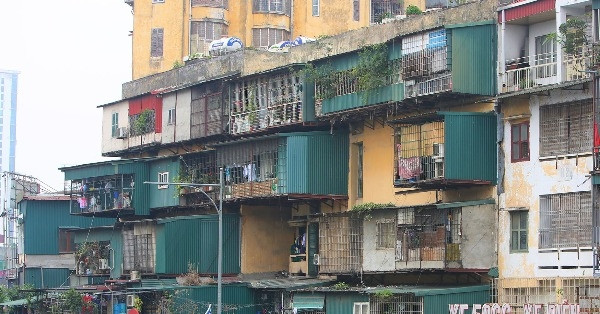
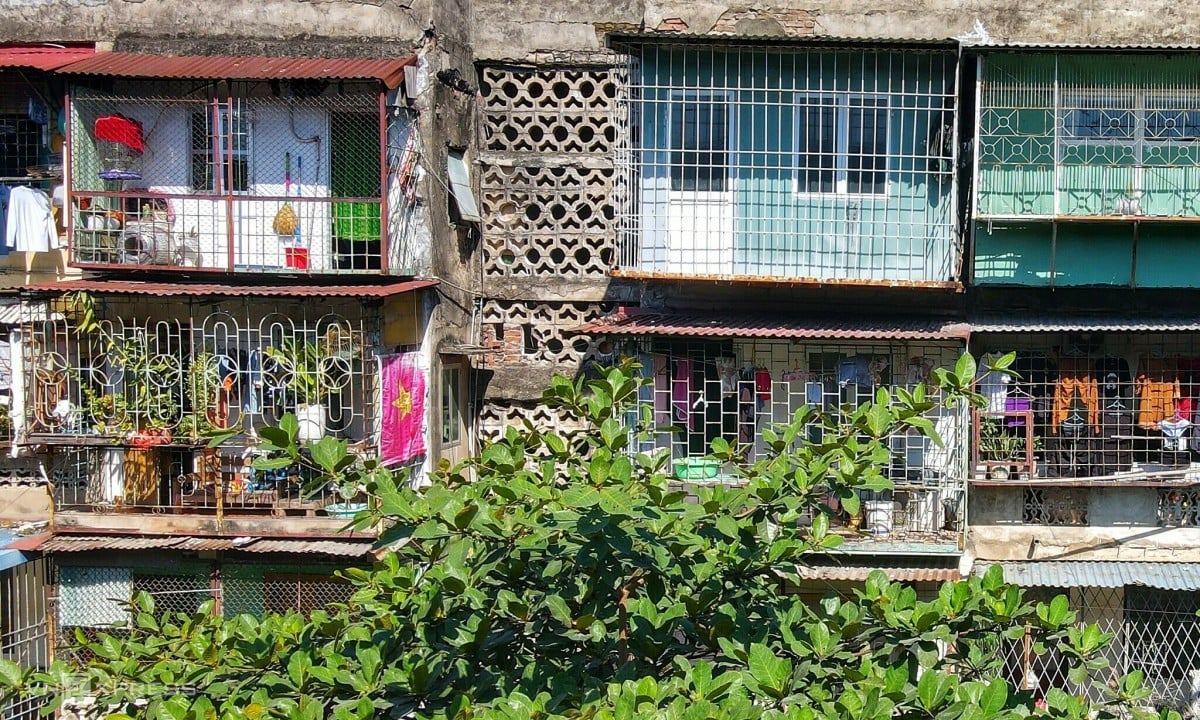





















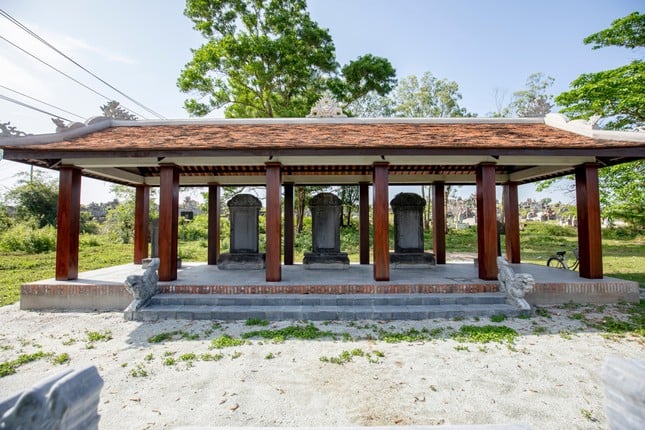



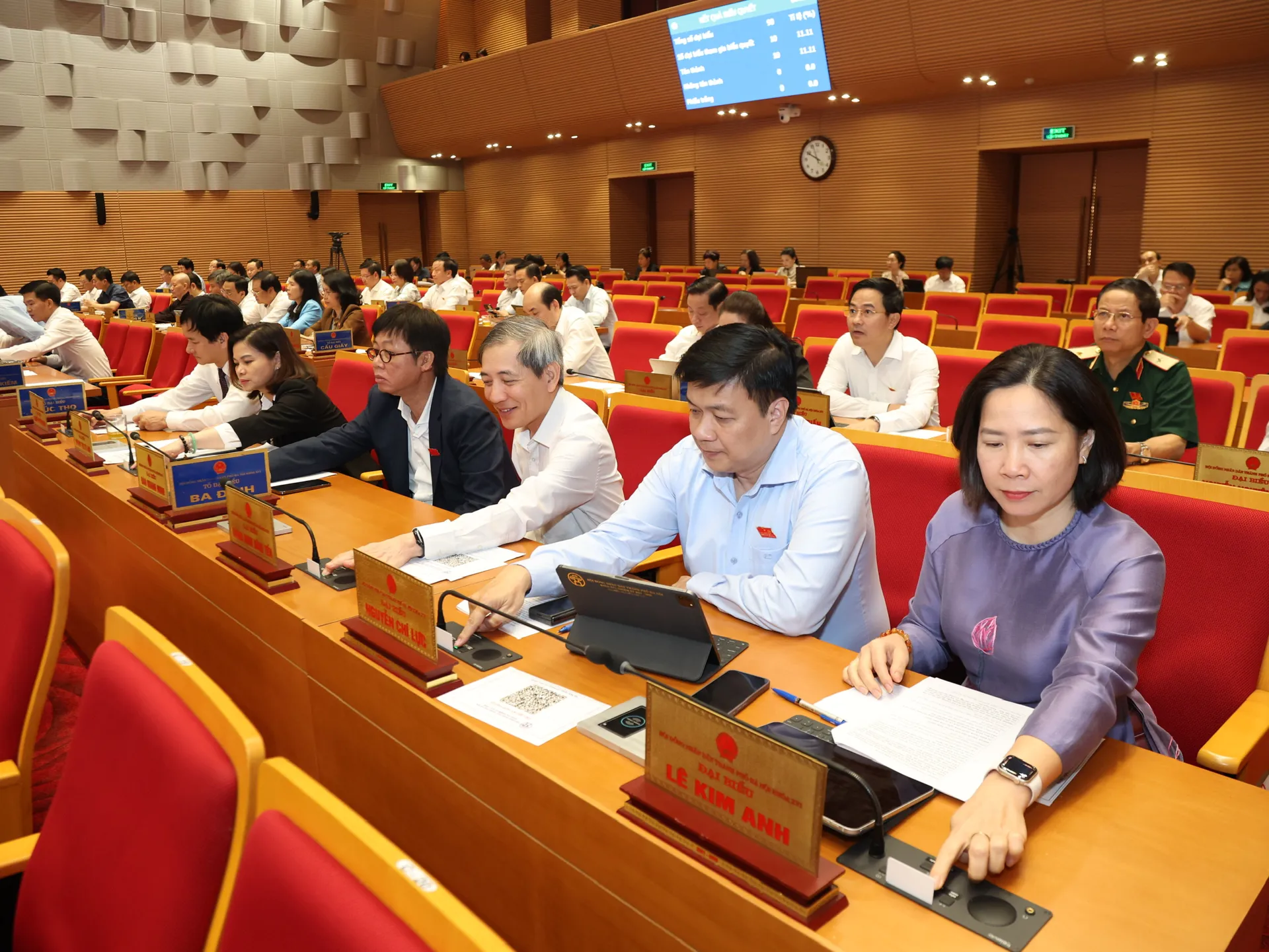










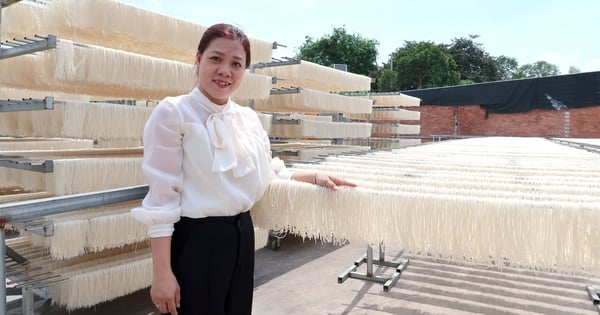

















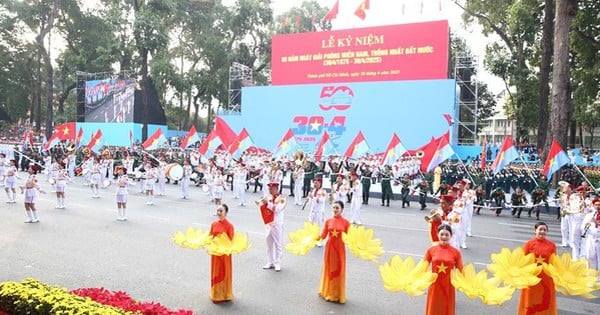




























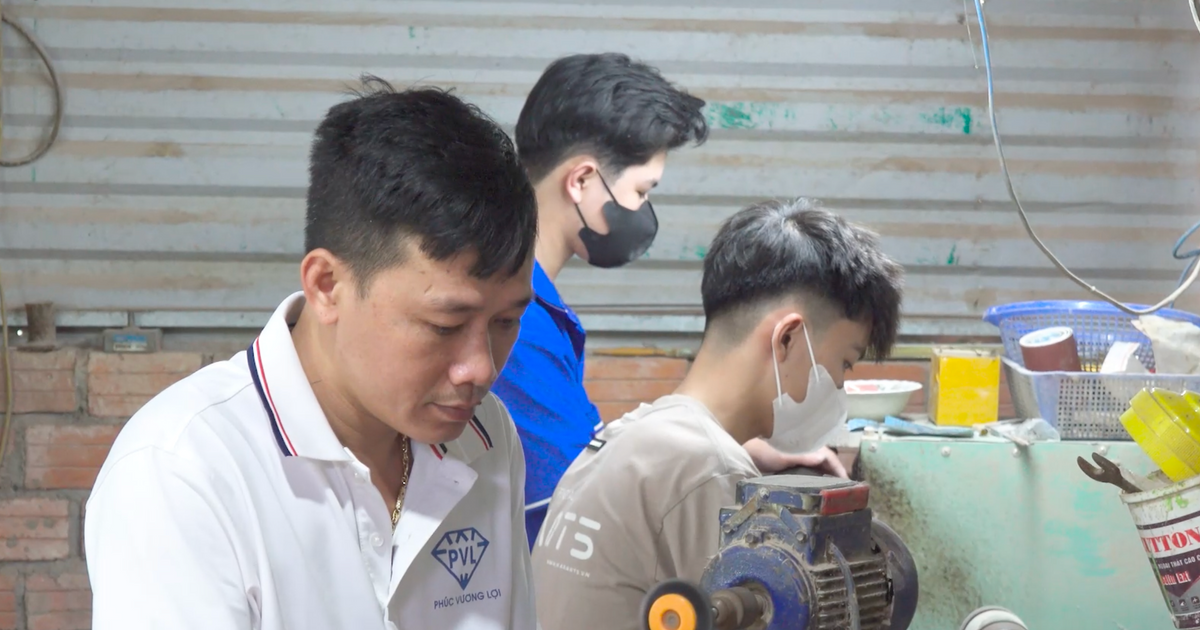

Comment (0)